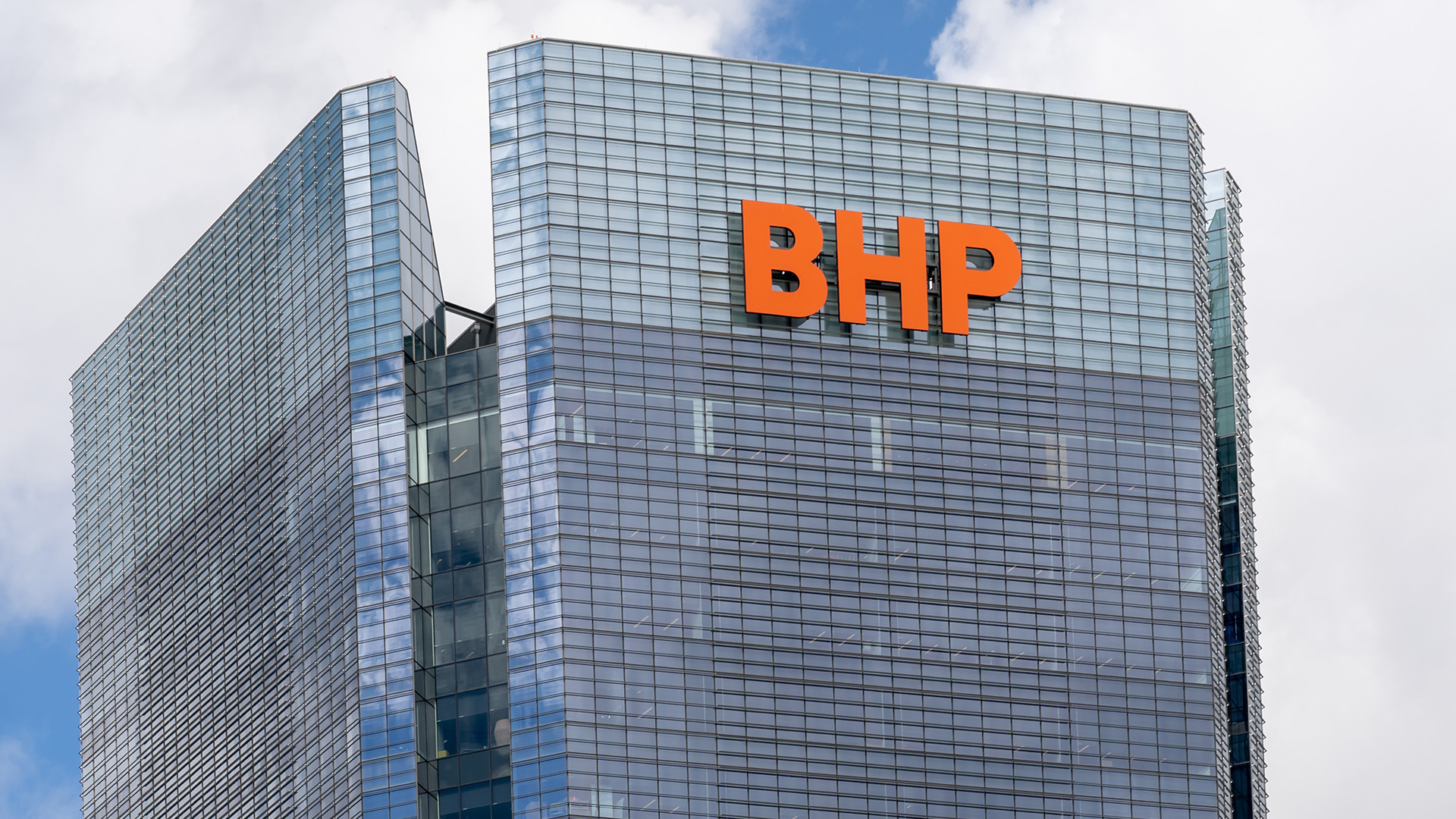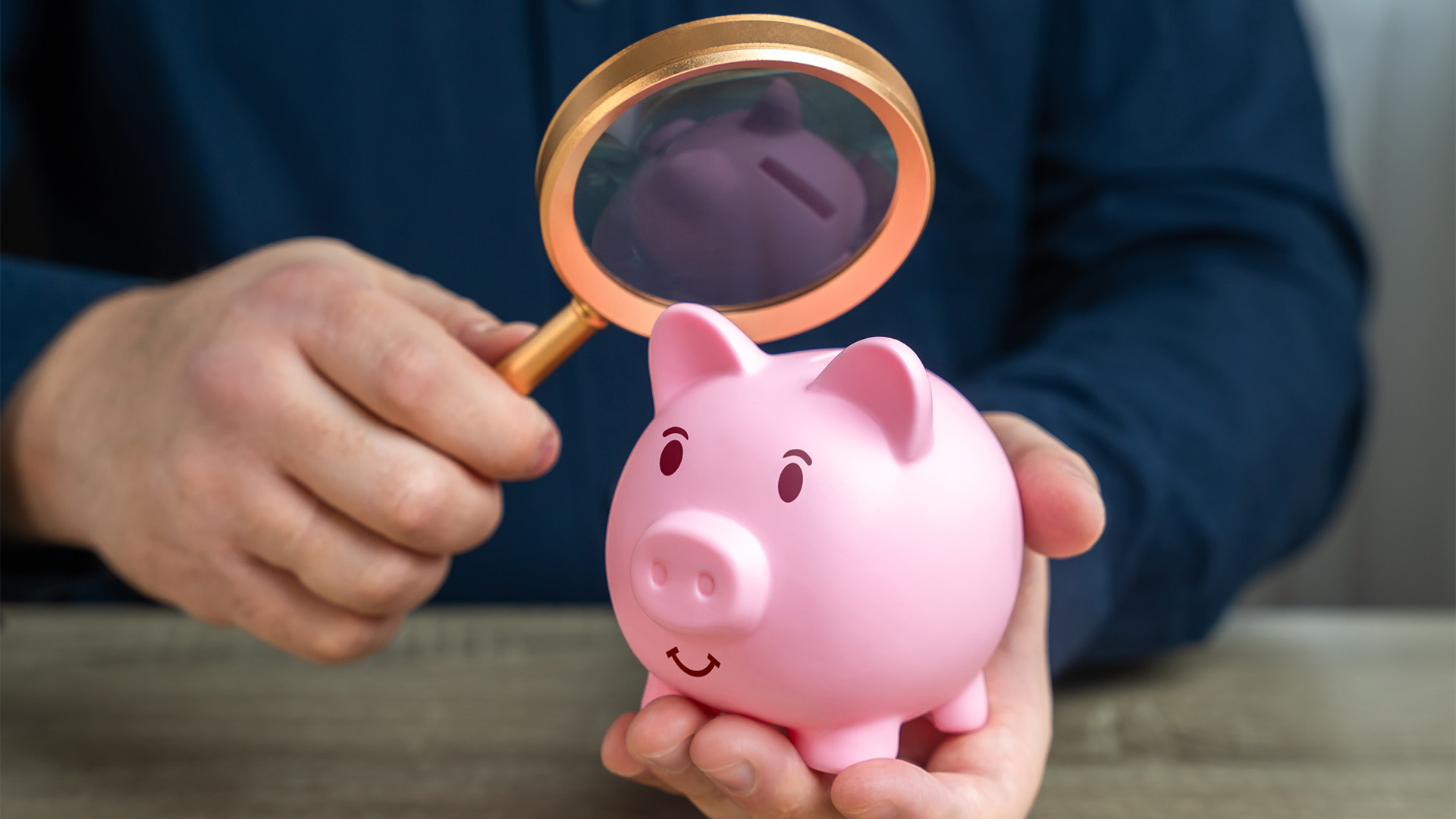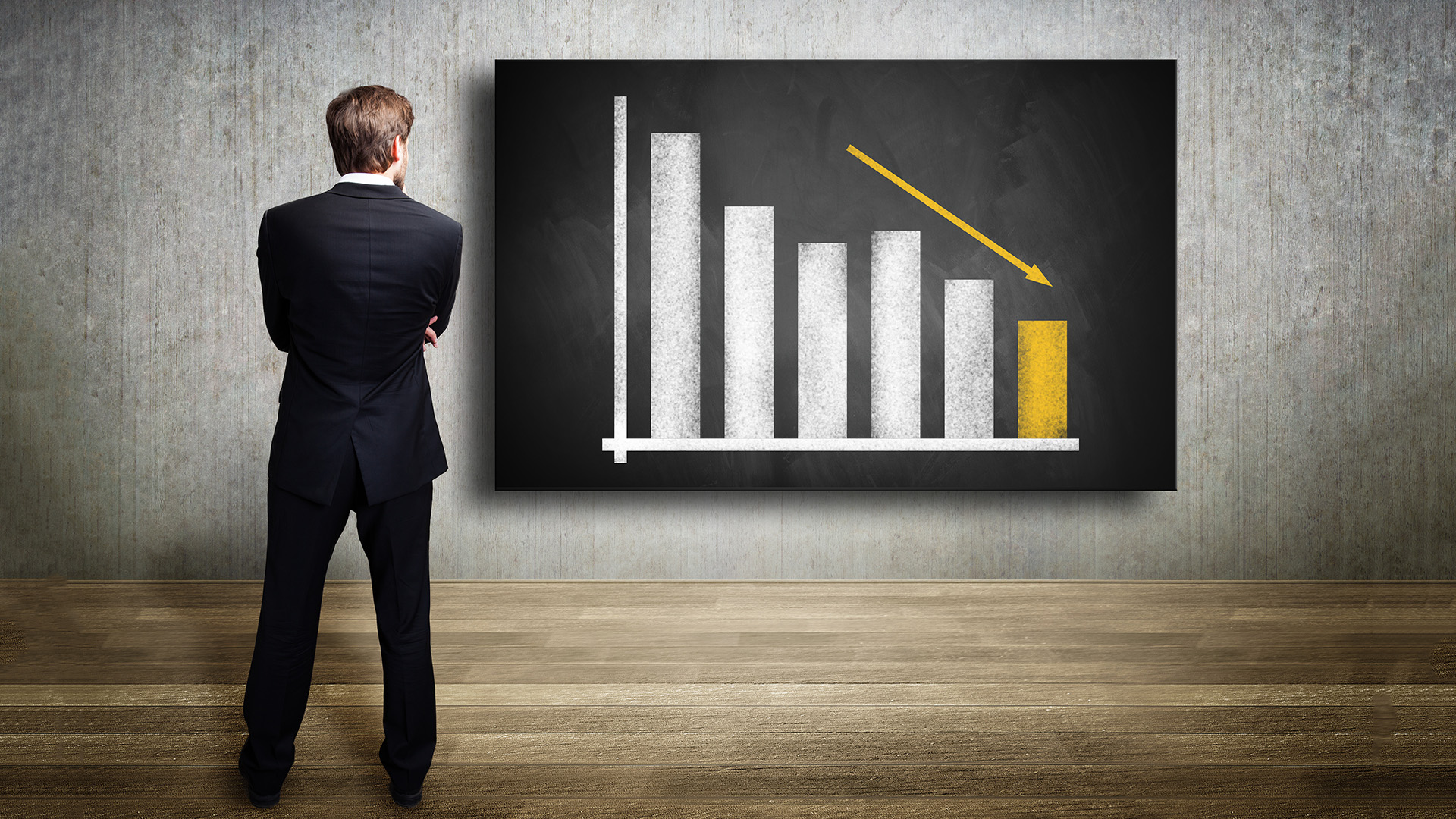No evidence from yesterday’s economic data flow for the Reserve Bank board to do anything but leave interest rates steady at its June meeting today.
The figures confirmed the economy seems to have been going OK in the March quarter with a nice rise in business inventories, reasonable rises in profits and wages and an improved trade performance that will get better as the year goes on.
But there was nothing that stood out and shouted ‘rate rise’.

Instead it was more along the lines of ‘steady as she goes’.
A more recent concern was the uptick in credit in March slowed in April and went backwards for business.
Private Credit: Slowed in April with the small uptick in March disappearing as business lending and owner-occupied and investor housing finance all eased.
Other personal lending rose as margin loans increased. Overall private credit rose 0.2% over March, which rose 0.5% from February.
That left total credit up a steady 2.1% in April from a year ago. Housing credit rose 0.5% in April, down from the 0.7% rate in March.
Over the year housing credit rose by 8.4%, down from the 8.5% rate in March and the first fall in 11 months.
The RBA said owner-occupied lending rose 0.5% in April (0.6% in April) and the annual rate eased to 9.5% from 9.8% and was the lowest annual rate since last August.
Investor housing lending rose 0.6% in April to be up 6% over the year, the highest yearly rate since late 2008.
Business credit fell a surprisingly sharp 0.4% in April after the 0.1% rise in March. That left business credit down by 7% over the year to April, up from the minus 6.9% in March.
Other personal credit rose 0.2%, after the 0.5% rise in March. In the year to April it was up 3.1%, better than the 2.5% annual rise in the 12 months to March.
Inflation Watch: According to the monthly TD Securities/Melbourne Institute inflation gauge, cost pressures rose to a 19 month high in May, driven by the rise in federal tobacco taxes.
The gauge was up 0.50% to give a headline annual rise of 3.7%.
TD Securities said that discounting for the excise hike; inflation was still close to the upper limit of the Reserve Bank’s inflation target of 2%-3%.
But with activity sluggish on the consumption side of the economy and the continuing fear and loathing from European markets, don’t expect a rate rise to result.
Trade Watch: The latest figures from the Australian Bureau of Statistics showed a big improvement in our quarterly current account deficit, thanks to a rise in exports.
The ABS said the seasonally adjusted deficit fell $1.9917 billion to $16.551 billion in the March quarter. Exports rose 4% or by $2.113 billion, while imports were 2%, or $1.124 billion, higher.
In seasonally adjusted chain volume terms, the ABS said the deficit rose $1.5 billion to $7. 983 billion.
This is expected to detract 0.5 percentage points from growth in the March quarter 2010 volume measure of Gross Domestic Product (the impact in the December quarter was a negative 1.3 percentage points, so an improvement).
Australia’s net International Investment position fell $5.5 billion or 1% to a net liability position of $757.2 billion in the March quarter 2010.
Australia’s net foreign debt liability increased $5.8 billion (1%) and Australia’s net foreign equity liability decreased $11.3 billion (10%).
Inventories, Profits, Wages: According to the latest business indicators, the seasonally adjusted estimate for business inventories rose 0.5% in the March quarter, with sales for manufacturers up 1.3% and wholesales down 0.6%.
The seasonally adjusted estimate for company profits rose 3.9% and wages and salaries were 1.9% higher.
The growth in profits in the quarter was the best for 18 months.
All point to positive contributions to third quarter growth from stocks, profits and wages.
Markets Weaker: Australian shares were down 7.8% in May as Europe’s sovereign debt problems rattled markets and confidence.
At the close yesterday, the ASX200 index was down 27.8 points, or 0.6%, at 4429.7, while the All Ords fell 25.4 points, or 0.6% to 4453.6.
After a month in which local investors endured the Federal budget, the response to the Henry tax review and its proposed resources tax and the global impact of Europe’s $1.1 trillion bail out package, the ASX200 fell 7.8%, from 4807 points at the end of April.
That was the biggest fall since October, 2008 and the market is now down 8.5% for the year.
May’s plunge compares with an 7.9% fall on the Dow, 6.5% in the UK and the same sized fall in Hong Kong.
China’s Shanghai market lost 9.7% for May after falling 2.4% on Monday. It is down 20.9% from the start of this year.
Tokyo’s Nikkei lost a huge 12% in may.
Wall Street had its worst May in 70 years with the Dow down 7.9%, its worst month since February 2009, when it fell 11.7%, and worst May since 1940, when it plunged 21.7%.
The Nasdaq lost 8.3%, its worst month since November 2008, when it dropped 10.8%, and its worst May since 2000,














